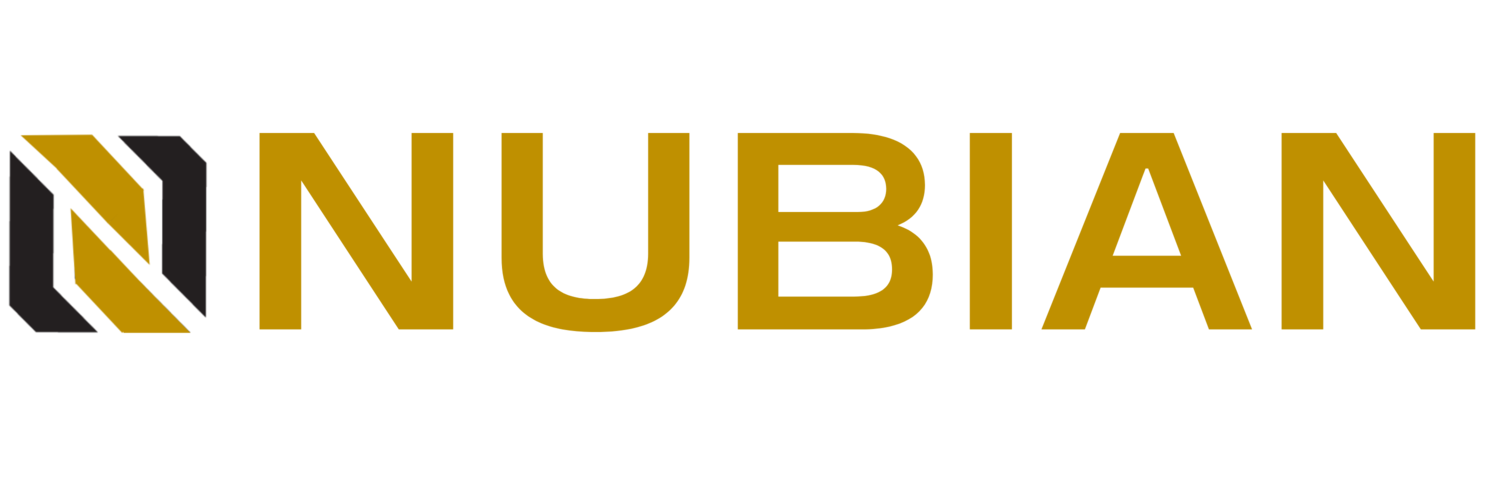Esquilache Polymetallic Project
Location and History
The Esquilache Project is located in the Puno region in southeastern Peru. It is located approximately 850 kilometres (km) southeast of the capital city, Lima, and 40 km southwest of the city of Puno. The Project consists of two mining concessions, Esquilache 1 and Esquilache Volveremos 12, covering an area of 1,600 hectares (ha).
The principal modern operators were the Williams Syndicate who operated the mine from 1926 to 1949 and Hochschild Mining who operated from 1950 to 1962, processing 200–400 tonnes per day (t/d) of ore from underground mining of veins in the Cerro Creston zone. Unsubstantiated partial records indicate production on the order of 10 million ounces of silver with lead and zinc. Mine plans and sections are not available.
There is no documentation of any exploration on the Project prior to acquisition by Vena Resources in 2008. Vena Resources’ exploration concentrated primarily on the Cerro Mamacocha-Cerro Mercedes area where historical mining had been less intense than the Cerro Creston and where higher gold values were returned from initial orientation sampling. Work completed included the partial rehabilitation of the Mamacocha and Haydee/Ivet adits, extensive surface and underground rock sampling, geophysical surveys, and the drilling of over 5,000 m of core to test the mineralized structures. Following completion of the drill program, Vena Resources completed metallurgical testwork and undertook mining studies on development of the Project.
Geological potential
The Esquilache Polymetallic Project covers the mineralized core of a five-kilometre diameter volcanic caldera that has been mined for silver/lead since the early Colonial period. The exposed structures on the property are characterized as part of a system of polymetallic, low to intermediate sulfidation, epithermal to mesothermal veins containing silver-lead-zinc-copper and significant values of gold. Mining occurred in the fifties and early sixties. The Project covers more than 1,600 hectares across a set of hills (4,900 meters ASL) and valleys (4,300 meters ASL) where more than 200 mineralized veins and breccia showings have been mapped. These veins form “horse tail” shapes and can be traced and sampled at surface. Trenching and two core drilling programs conducted in 2010 led to a National Instrument 43-101 (“NI 43- 101”) completed by Coffey Mining Consultants of Lima. The report outlining the Project’s historical drilling and mining also indicated there are numerous additional mineralised areas that warrant additional drilling. In February 2015, the Project’s last drilling program completed by the previous owner returned significant results including 24.2 metres of 131 g/t Ag, 0.4 g/t Au including 8.1 metres of 292 g/t Ag, 0.73 g/t Au.







